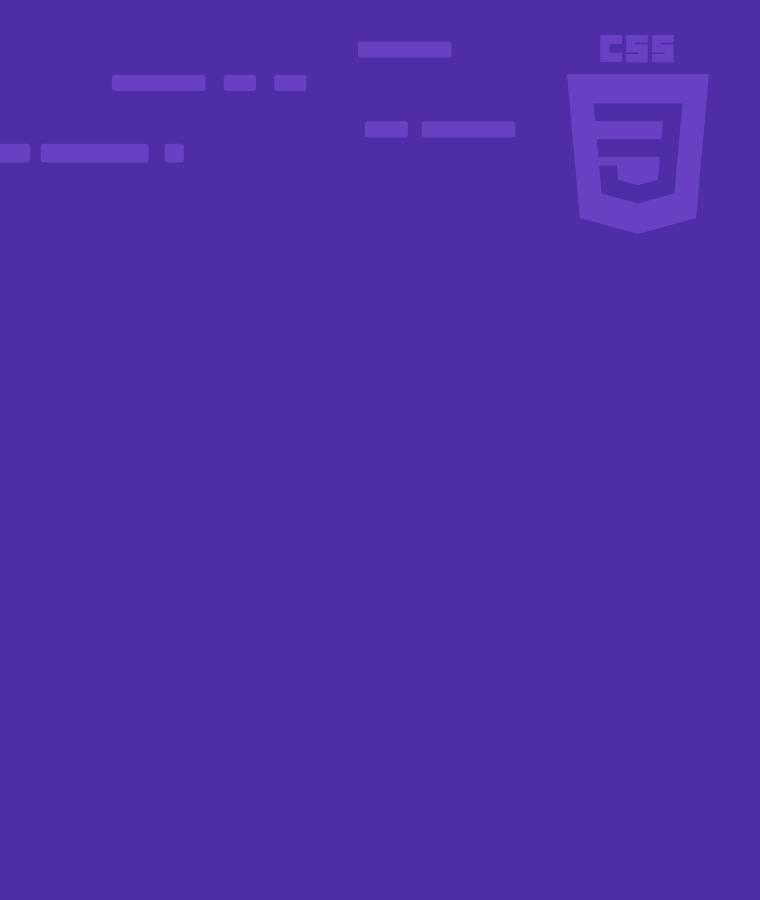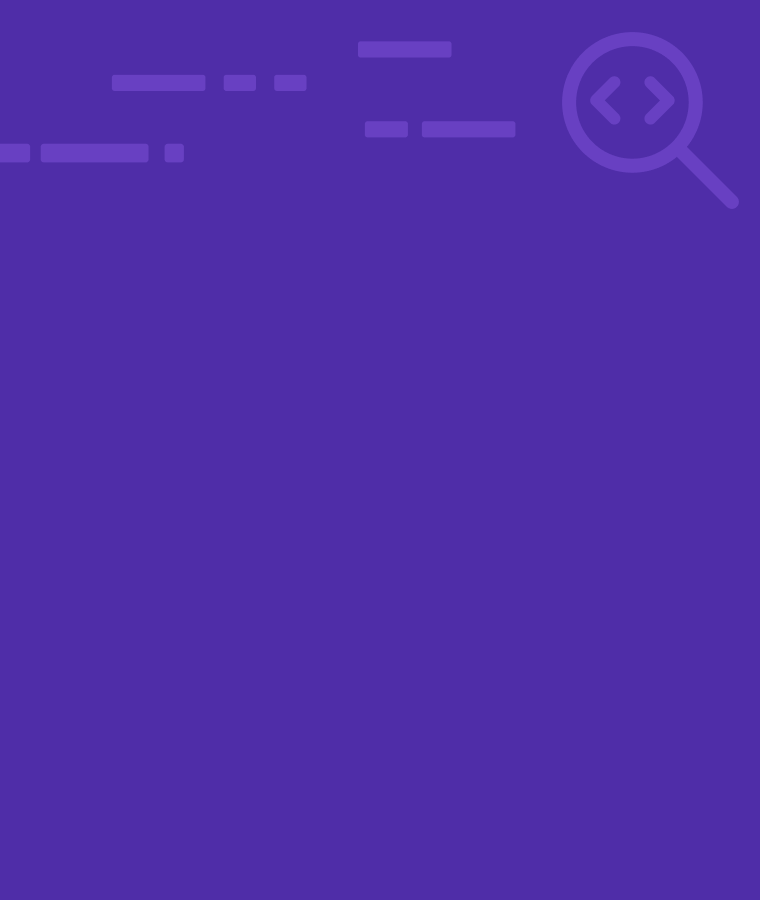
6 Essential Front-End Programming Languages
Whether you’re brand new to programming or a budding front-end web developer, we’ve got your back. You can learn these front-end programming languages with Sololearn in just 5 minutes a day.
If you’re looking to start a career in front-end web development, learning JavaScript is a must. It’s the most popular programming language with good reason — it’s versatile and powerful. But JavaScript isn’t the only language you need to know. HTML and CSS are essential for front-end development. They’ll help you develop user-friendly websites and applications. Focus on these programming languages to start your journey into front-end development!
What is Front-End Development?
Developers use front-end programming languages to create the parts of the website or application that users see. Front-end development defines how users interact with the website on their end, this is called the client side. Front-end programming languages like CSS define the layout, look and feel we see on websites and apps.
But front-end programming languages aren’t just for the pretty bits these days. Some programming languages are used for front- and back-end development. You can even use full-stack JavaScript to build a complete website, product or application.
Can’t wait to get started? Dive straight in to Web Development Fundamentals to learn the basics of front-end programming.
1. HTML
HTML is an essential starting point for front-end web development. You will use HTML for the structure and content of your website. HTML is the second most popular front-end programming language and is the bedrock of the world wide web.
Start with our free HTML course and build your first webpage.
2. CSS
Use CSS to control the styling and presentation of your website. You will need to know both HTML and CSS to build beautiful and user-friendly websites.
Learn the basics of CSS.
You’ll want to master CSS so you can make your websites look perfect on every device and screen size.
Learn how to create adaptable content with Responsive Design.
3. JavaScript
JavaScript’s versatile use as a front- and back-end programming language makes it the world’s most popular front-end programming language. We have over 4 million users learning JavaScript right now!
- You can use JavaScript to make your website interactive.
- 98% of the world’s websites use JavaScript in 2022.
- JavaScript is both a front- and back-end programming language.
JavaScript’s winning streak as the most popular front-end programming language isn’t going to end any time soon. JavaScript frameworks, libraries and server-side runtime environments are being developed all the time.
If you’d like to become a full-stack developer, working on the front- and back-end of websites, JavaScript is a great place to start.
JavaScript is becoming even more popular than Ruby, a back-end programming language. Uber, LinkedIn and Paypal have switched from Ruby to JavaScript in the past year. JavaScript is 20% faster than Ruby and it’s easier to learn. You can even get paid 10% more as a full-stack Javascript developer in 2022!
Ready to go? Start learning JavaScript today!
4. JQuery
JQuery is a simplified, lean library of JavaScript. JQuery makes it quick and easy to create cool interaction on your website. Hit the ground running with JQuery’s impressive front-end features. JQuery is over 16 years old, but big companies like Slack, Twitter, LinkedIn and Reddit still use it.
Learn JQuery and try out effects and animations on your website.
5. Redact + Redux
Create powerful user interfaces using this popular JavaScript library. Redact + Redux is created and maintained by Facebook at Meta, and trusted by Uber.
React + Redux is an open-source JavaScript state management library and it’s being continually updated. You can use it to put HTML directly into your JavaScript to build a complete experience.
Learn React + Redux.
6. Angular + NestJS
Want to work on something a bit bigger than a webpage? Angular and NestJS unite to create large scale JavaScript applications.
Angular is one of the best JavaScript frameworks for developing applications.
Angular and Nest complement each other as they use the same building blocks. Angular + NestJS have some impressive out of the box features to help you build your very first app.
Learn Angular + NestJS.
Where to Start Learning Front-End Programming Languages
So now you know the top 6 front-end programming languages, where should you start? That depends what you want to do and where you are in your front-end web development career.
Total Beginner
Get to grips with the basics of front-end programming. Start with Web Development Fundamentals.
Make your Website Sparkle
Brush up on CSS and make sure you develop your website using Responsive Design.
Get Hired as a Front-End Web Developer
Learn to code in front-end programming languages HTML, CSS and JavaScript. Once you’ve mastered the foundations, add a JavaScript framework to your repertoire.
Research your target employers and find out which JavaScript frameworks they use. Get familiar with the JavaScript libraries, runtime environments and front-end programming languages.
We will jump start your programming career with our front-end programming language courses. Learning to code is easy when you do it in bite size chunks. See our full range of courses and start one today!
Happy coding!
References
1. JavaScript is the most popular front-end programming language
2. Full-stack JavaScript is trending
https://javascript.plainenglish.io/full-stack-development-trends-the-major-trends-to-follow-in-2022-23-c69ed631ad27 fullstack trends
3. 98% of websites use JavaScript
4. You can earn 10% more as a JavaScript developer than a Ruby developer
5. JavaScript is 20% faster than Ruby
Alternate headlines
6 front-end programming languages you should know
6 top front-end programming languages in 2022
6 top front-end programming languages for 2023
What you need to know to become a front-end developer


